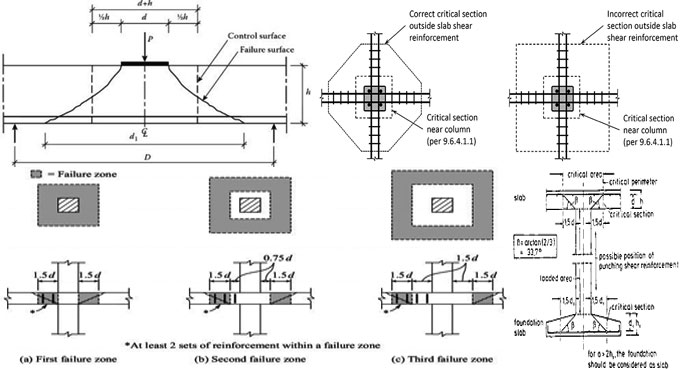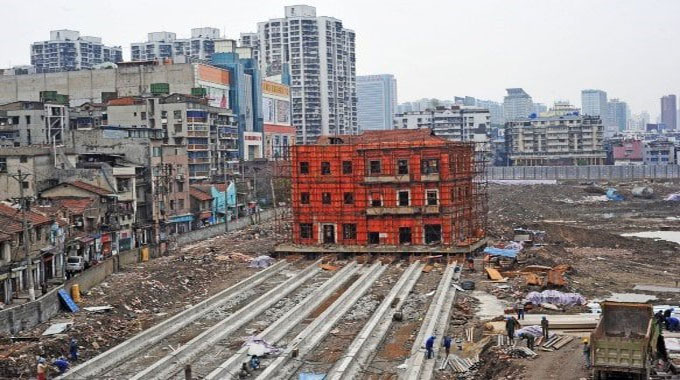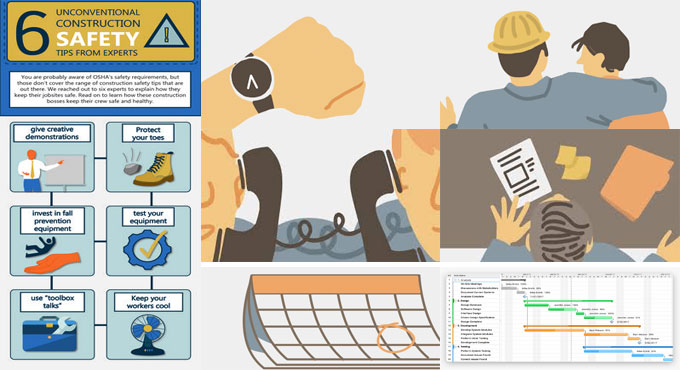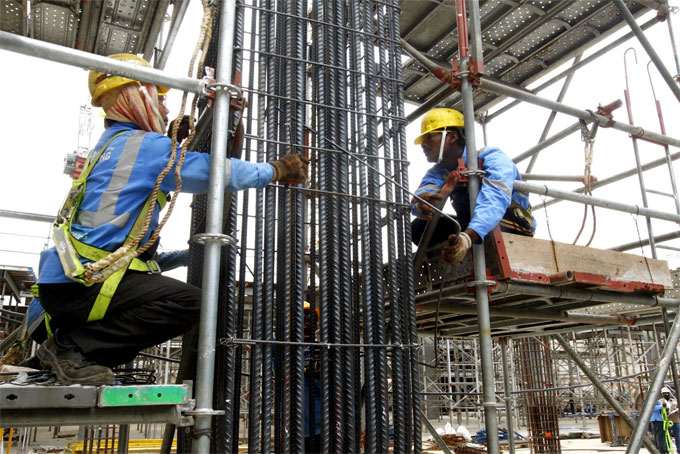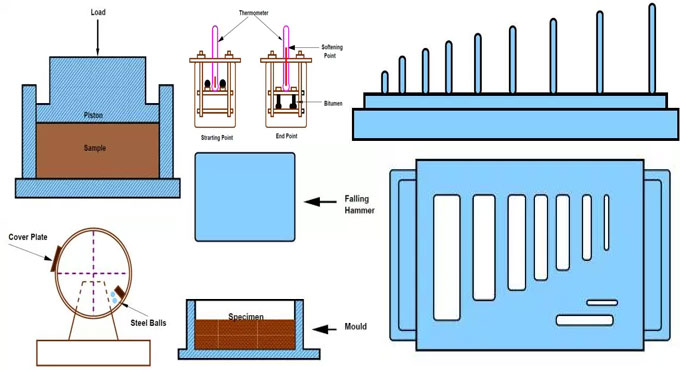In construction, there should be individual
strength for each building element.
To maintain the strength of concrete for
different elements, various types of concrete grades are required. The strength
needed for foundation, beam, slab etc. will be different.
IS 456-2000 has specified the concrete mixes into a number of grades as M10, M15, M20, M25, M30, M35 and M40. In the following construction video tutorial, brief explanation is given on M20 grade of concrete.
In
M20, M denotes Mix and 20 refers to the characteristic strength (fck) of that
mix i.e. 20mpa. Cement, sand and aggregates are used for mixing in the ratio of
1 : 1.5 : 3. M20 signifies mixture of cement, sand and aggregate which are
prepared in such a manner that a cement concrete cube of size 15 cm x 15 cm x
15 cm is formed with characteristic strength (fck) of 20mpa while examining it
after being cured for 28 days.
The
characteristic strength (fck) signifies the strength under which not over 5% of
test results are predictable to fail.
Cement is always calculated with weight. Commonly
it is applied in terms of bags. The weight of one bag of cement is 50 kg and it
contains a volume of 35 litres (or, 0.035m3). A gauge box is employed for
batching of fine and coarse aggregate by volume.
To get more brief information, watch the following video
tutorial.
Read more
~~~~~~~~~~~~~~~~~~~~~~
Published By
Rajib Dey
www.constructioncost.co
~~~~~~~~~~~~~~~~~~~~~~
~~~~~~~~~~~~~~~~~~~~~~
Published By
Rajib Dey
www.constructioncost.co
~~~~~~~~~~~~~~~~~~~~~~
